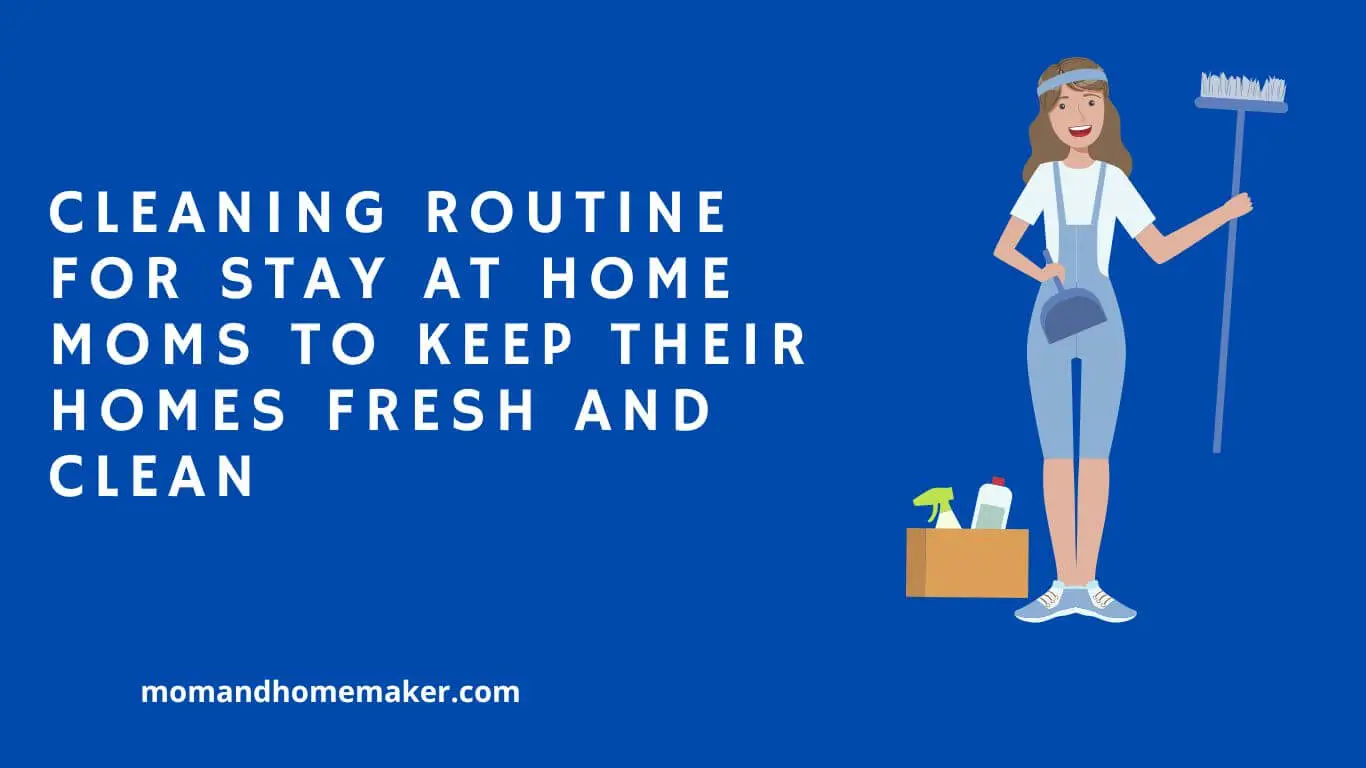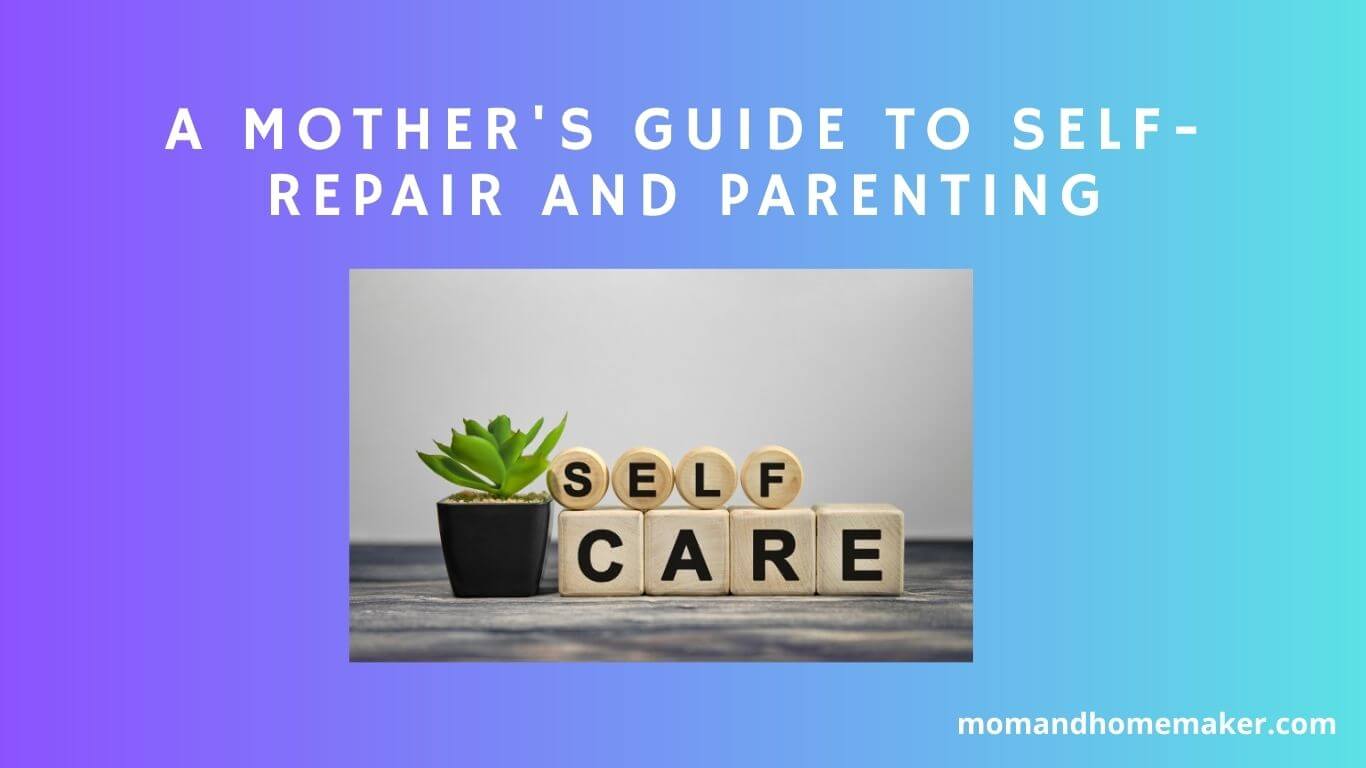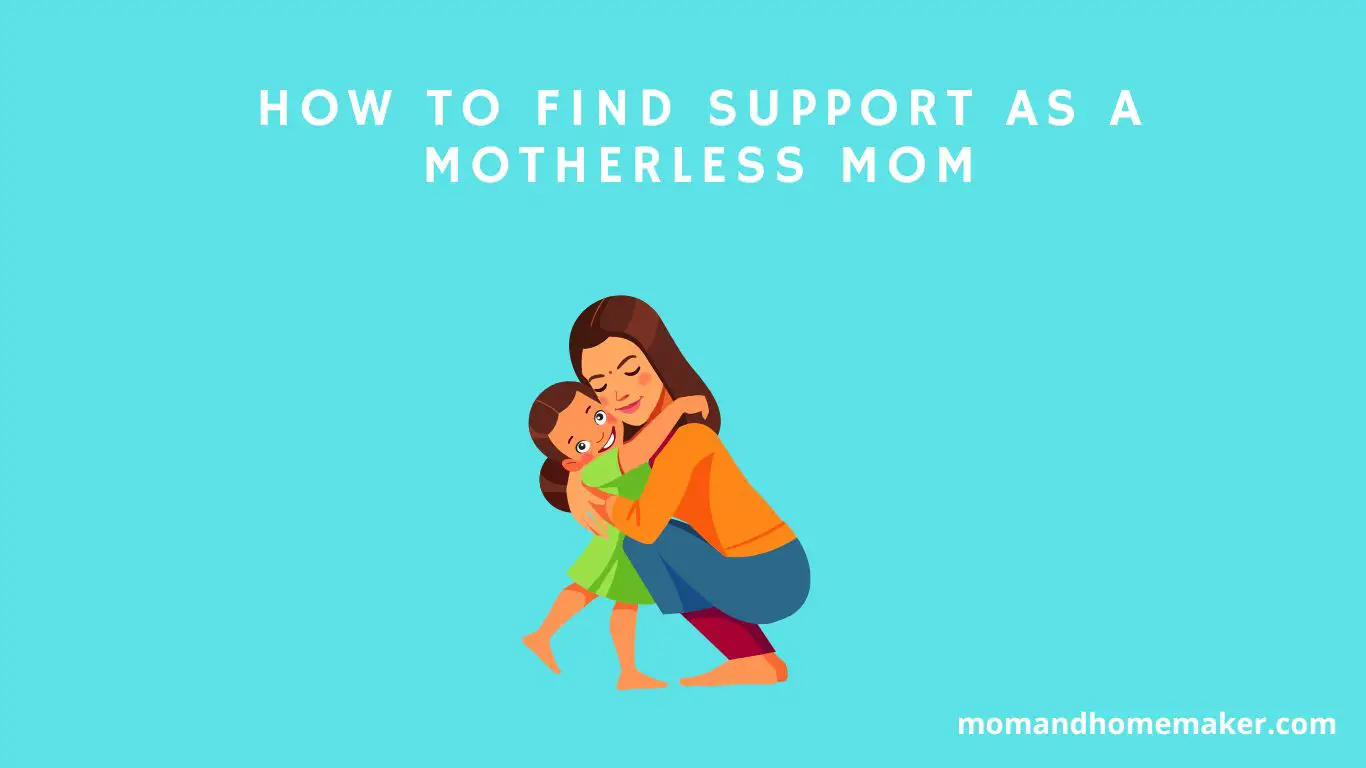In the United States, more than 5 million women opt to stay at home and care for their families. While stay-at-home moms don’t receive a direct salary from the government, there are various ways they can access financial assistance and benefits.
These avenues play a crucial role in providing financial aid to caregivers, recognizing the value of their unpaid work and helping them navigate the challenges of balancing family responsibilities.
Stay tuned to explore how government programs and policies impact the lives of stay-at-home moms, providing essential support for their important role in nurturing and raising families.
Government Assistance Programs for Stay-at-Home Moms
Government assistance programs can be a valuable resource for stay-at-home moms in need of financial support. Maternity leave policies are designed to assist during the crucial period when a new baby arrives.
These policies ensure that you can take time off from work to care for your newborn without losing your entire income. By understanding and utilizing these programs, you can better manage the challenges of balancing work and family life.
Furthermore, there are workforce re-entry programs and resources specifically tailored to support stay-at-home moms who are looking to return to work after a period of absence.
These initiatives offer training, job placement services, and support networks to help you transition back into the workforce smoothly. They recognize the valuable skills and experiences that you bring as a stay-at-home mom and aim to empower you as you restart your career journey.
Tax Benefits for Stay-at-Home Parents
To maximize tax benefits as a stay-at-home parent, it’s essential to understand the deductions and credits available. These tax advantages can help with financial independence and maintaining a balanced work-life situation. Here are some key points to consider:
- Child and Dependent Care Credit: You might qualify for a tax credit for a portion of the expenses spent on your child’s care while you work or search for a job. This credit can ease the financial strain of childcare costs.
- Earned Income Tax Credit (EITC): Even without earning income, you could be eligible for the EITC. This refundable credit means that if the credit amount exceeds your tax liability, you can receive the excess as a refund.
- IRA Contributions: Think about contributing to an Individual Retirement Account (IRA) in your or your spouse’s name. Contributions to a traditional IRA could be tax-deductible, lowering your taxable income.
- Education Credits: If you’re pursuing education while being a stay-at-home parent, you might qualify for education tax credits like the American Opportunity Credit or the Lifetime Learning Credit. These credits can help cover education costs and enhance your skills for potential future job opportunities.
Child Tax Credits and Deductions
Understanding the advantages of child tax credits and deductions can have a significant impact on your financial planning as a stay-at-home parent.
When you consider the costs of childcare and the financial responsibilities of raising children, knowing about tax credits and deductions can lead to substantial savings.
Let’s break down the key aspects of child tax credits and deductions to help you see the potential savings:
| Tax Benefits | Description |
|---|---|
| Childcare Expenses | You might qualify to deduct a portion of childcare expenses, such as daycare, preschool, or nanny costs, which can lower your taxable income. |
| Tax Credits | Child Tax Credits directly decrease the amount of tax you owe, offering a dollar-for-dollar reduction in your tax bill. |
| Savings | By making use of these deductions and credits, you can save a significant amount of money on your taxes, giving you more resources for your family’s needs. |
Understanding child tax credits and deductions can optimize your financial situation as a stay-at-home parent. By utilizing these benefits, you can maximize your resources and ensure a stable financial future for your family.
Earned Income Tax Credit (EITC)
Understanding how the Earned Income Tax Credit (EITC) can positively impact your finances as a stay-at-home parent is crucial for maximizing your tax benefits. Here’s how this credit can help you:
- Tax Refund Boost: EITC is a refundable tax credit, meaning if the credit amount is more than what you owe in taxes, you can receive the difference as a refund. This can be a significant financial boost for your family.
- Eligibility: To qualify for the EITC, you must meet certain criteria related to your income, filing status, and dependents. As a stay-at-home parent, if you have earned income from a job or self-employment, you may be eligible for this credit.
- Income Requirements: The amount of EITC you receive depends on your income. Generally, the credit amount increases as your earned income rises, up to a certain limit.
- Qualifications: Besides income, you must meet other requirements such as having a valid Social Security number, filing a tax return (even if you aren’t required to), and being a U.S. citizen or resident alien. Make sure to check if you meet all the qualifications to claim this valuable credit.
Unpaid Labor of Stay-at-Home Moms
Stay-at-home moms make invaluable contributions through their unpaid labor, significantly impacting their families and communities. Their daily tasks, like caregiving and household management, are crucial for family well-being. However, this essential work often goes unnoticed and isn’t given economic value.
The undervaluation of unpaid labor, mainly carried out by women, perpetuates gender inequality. Stay-at-home moms may face economic consequences like limited career growth and dependence on their partners. This disparity can contribute to the gender wage gap and hinder women’s financial independence.
Acknowledging the unpaid labor of stay-at-home moms is vital for addressing gender inequality and promoting economic empowerment. By recognizing and valuing their work, we can move towards a more equitable society where all forms of labor are respected. Stay-at-home moms play a crucial role in shaping future generations and building strong communities, deserving honor and support.
Social Security Benefits for Non-Working Spouses
If you’re a non-working spouse, you may qualify for Social Security benefits based on your partner’s work history. Even if you’ve stayed home to care for your family without paid employment, you could still be eligible for Social Security benefits through your spouse. Understanding these benefits can be crucial for your retirement planning:
- Spousal Benefits: As a non-working spouse, you can receive up to 50% of your partner’s Social Security benefit when you reach full retirement age. This financial support is available even if you haven’t paid into Social Security through your own job.
- Qualifying for Benefits: To qualify for spousal benefits, you must be at least 62 years old, and your partner must be receiving or eligible for their own Social Security benefits.
- Effect on Partner’s Benefits: Applying for spousal benefits won’t reduce the amount your partner receives. Their benefits will remain unaffected while you receive your spousal benefits.
- Survivor Benefits: In case of your spouse’s passing, you may be eligible for survivor benefits, which can be as much as 100% of what your partner was receiving. These benefits can provide ongoing financial assistance during a challenging time.
State-Specific Benefits for Stay-at-Home Parents
State governments provide various benefits specifically designed to support stay-at-home parents in managing their household finances and family duties. These benefits differ from state to state but often include programs to help with maternity leave and maintaining a healthy work-life balance.
Maternity leave policies vary across states, with some offering paid leave to new parents, allowing them to bond with their children and handle the early stages of parenting without financial worries. This time off enables stay-at-home parents to prioritize their family’s well-being without the pressure of financial insecurity.
Moreover, states may offer resources to assist stay-at-home parents in achieving a better work-life balance. These resources can range from counseling services and support groups to subsidies for childcare when necessary.
By promoting work-life balance, states acknowledge the significance of mental health and overall well-being for parents who’ve opted to stay at home and raise their children.
Taking advantage of these state-specific benefits can significantly impact a stay-at-home parent’s ability to navigate the challenges of running a household and caring for their family.
It’s important to explore the available programs and support systems in your state to make the most of the resources designed to aid you in your role as a stay-at-home parent.
Medicaid and Healthcare Coverage
Understanding how Medicaid and healthcare coverage can benefit stay-at-home parents is essential for supporting your family’s well-being. Here’s a breakdown of how these programs can assist you:
- Healthcare Coverage Options: Medicaid offers a range of healthcare services for low-income families, including doctor visits, hospital stays, prescription medications, and preventive care. This coverage serves as a valuable resource for addressing your family’s medical needs.
- Financial Assistance: Medicaid provides financial aid to help with healthcare expenses. This assistance can ease the financial strain of medical bills, ensuring that you can access necessary care without worrying about high costs.
- Medicaid Eligibility: Eligibility for Medicaid is determined by income and family size. As a stay-at-home parent, your household income plays a crucial role in determining your eligibility for this program. It’s important to explore whether you meet the criteria to benefit from Medicaid coverage.
- Coverage Details: Medicaid coverage varies by state but typically includes essential health benefits like hospital care, maternity care, mental health services, and more. Understanding the specific coverage details in your state can guide you in making informed decisions about your family’s healthcare needs.
Supplemental Nutrition Assistance Program (SNAP)
If you need help stretching your family’s food budget, the Supplemental Nutrition Assistance Program (SNAP) could be a valuable resource. SNAP, previously known as food stamps, aids qualifying individuals and families in buying groceries.
To be eligible for SNAP benefits, you must meet specific requirements such as income thresholds, household size, and citizenship status. The application process for SNAP is designed to be simple and accessible for those in need.
To determine your eligibility for SNAP benefits, review the criteria outlined by your state’s SNAP program. Typically, you’ll need to provide details about your income, expenses, and household makeup. Once you confirm your eligibility, you can begin the application process.
This usually involves completing a form online, in person at a local office, or over the phone. Make sure to have supporting documentation ready to back up the details in your application.
Temporary Assistance for Needy Families (TANF)
Consider looking into the Temporary Assistance for Needy Families (TANF) program as a potential source of additional support during challenging times. TANF can provide vital assistance to families in need, offering more than just financial help. Here’s how TANF can assist you in working towards financial independence and achieving a better work-life balance:
- Financial Support: TANF offers financial aid to eligible families, helping with essential needs like food, shelter, and clothing. This support can ease some of the financial pressures you may be experiencing, allowing you to prioritize your family’s well-being.
- Job Preparation: TANF programs often include job training and education opportunities to help you improve your skills and enhance your employability. By investing in your professional development, TANF can empower you to secure better job prospects.
- Child Care Services: TANF may provide access to childcare services, enabling you to manage work responsibilities while fulfilling your role as a caregiver. This support is invaluable in ensuring your children are well cared for as you pursue employment or education.
- Community Resources: TANF connects you with various community resources and support networks that go beyond financial assistance. These resources can further enhance your well-being and success as you navigate through challenging times.
Exploring the TANF program could be a step towards building a more stable and fulfilling future for you and your family.
Housing Assistance Programs
Consider exploring Housing Assistance Programs to seek support in finding stable housing for you and your family. These programs are designed to assist individuals and families with low incomes in affording safe and decent housing.
By participating in rental assistance programs, you can receive financial aid to cover a portion of your rent, making housing more affordable for you. This can ensure that your family has a stable place to live.
Another option to look into is housing vouchers, such as the Section 8 Housing Choice Voucher Program. These vouchers help eligible low-income families find and secure suitable housing by helping to pay for different housing options like apartments, single-family homes, and townhouses. Utilizing housing vouchers can provide you with a wider range of housing choices to meet your family’s needs.
Both rental assistance programs and housing vouchers offer valuable support in your search for stable housing. These programs aim to ease financial burdens and provide a safe and secure environment for you and your loved ones.
Feel free to explore these options and reach out to local housing authorities or organizations to learn more about how you can benefit from these housing assistance programs.
Educational Grants and Scholarships
Are you seeking ways to finance your education? Various educational grants and college scholarships are available to help you achieve your academic aspirations. Consider the following options:
- Federal Pell Grants: These grants are awarded to undergraduate students based on financial need and don’t require repayment. They’re typically given to students with significant financial need.
- Scholarships for Moms: Numerous organizations provide scholarships specifically for mothers who wish to advance their education. These scholarships can assist with tuition fees and other educational expenses.
- State Grants: Each state offers its own grant programs to assist residents in covering higher education costs. These grants may be awarded based on financial need, academic performance, or other criteria.
- Merit-Based Scholarships: Academic institutions, private organizations, and companies offer scholarships based on academic excellence, leadership skills, and other criteria. These scholarships can be a valuable way to fund your education without accumulating additional debt.
Advocacy for Recognition and Support
Advocates for stay-at-home moms are actively working to increase recognition and support for these individuals in society. Their efforts focus on ensuring that the valuable contributions of stay-at-home moms are acknowledged and valued.
By pushing for improved support systems and raising awareness, these advocates aim to empower and uplift stay-at-home moms who prioritize their families.
To achieve their goals, advocates utilize various forms of advocacy support. They organize community events to raise awareness and visibility, lobby for policies that benefit stay-at-home moms, and create support networks for emotional assistance and solidarity.
These initiatives play a crucial role in highlighting the challenges faced by stay-at-home moms and advocating for initiatives that cater to their needs.
Through their unwavering dedication, advocates for stay-at-home moms pave the way for a more inclusive and appreciative society.
By amplifying the voices of stay-at-home moms and fostering a supportive environment, these advocates contribute to a society that values the sacrifices and contributions of those who choose to stay at home and care for their families.
Conclusion
While there are government assistance programs, tax benefits, and other forms of support available, stay-at-home moms don’t receive direct payment from the government for their unpaid work.
However, there are resources and advocacy efforts aimed at recognizing and supporting the valuable contribution of stay-at-home parents to society.
It’s important to explore different options and seek support to make the most of your role as a stay-at-home mom.










